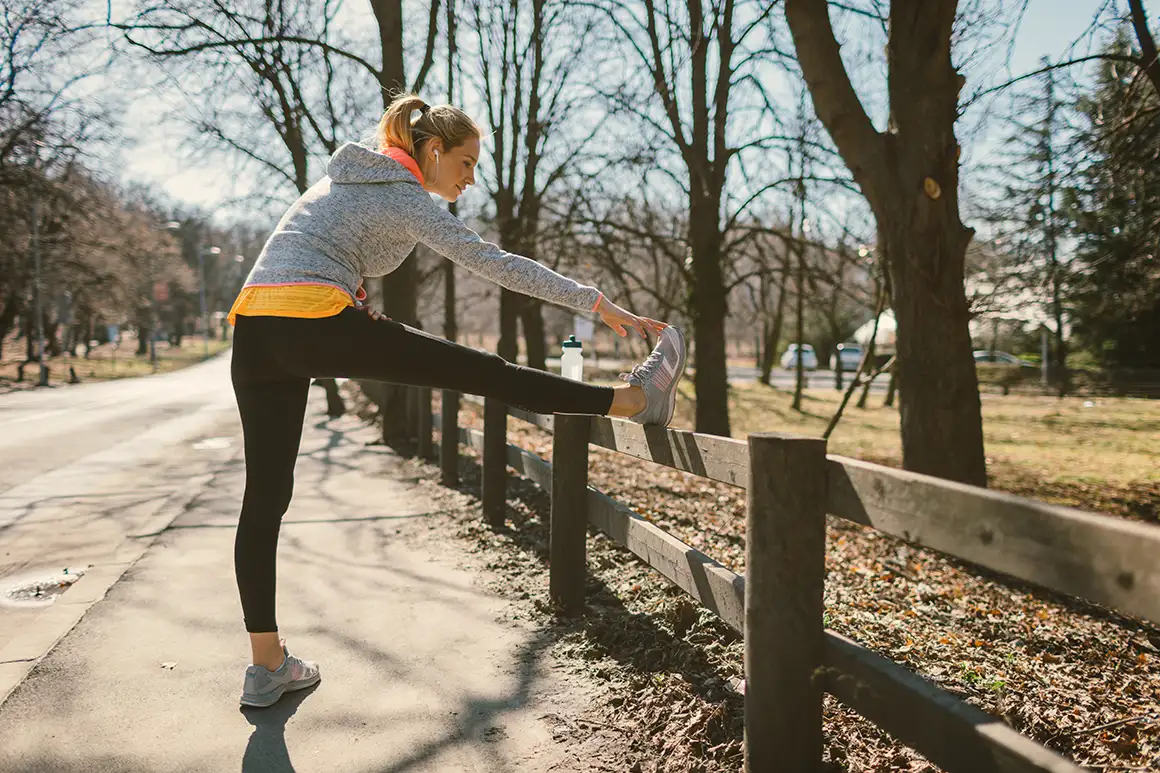
Are you a sedentary person? Here are the keys to assessing your level of activity
Many people are not entirely clear about what it means to be a sedentary person, and what the characteristics are to identify this lifestyle
We spend a large part of our day sitting down: working at the computer, watching television, travelling by car or even socialising. This widespread trend has a name: a sedentary lifestyle.
The Spanish Ministry of Health defines a sedentary lifestyle as “activities that people do while sitting or lying down, while awake, and which consume very little energy”. Although this term is often confused with lack of physical activity, they are not synonymous, as the latter refers to being below the minimum threshold of exercise recommended by the World Health Organisation (WHO): between 150 and 300 minutes per week. The implication is that, even if we go to the gym several times a week, we could still be leading a sedentary lifestyle if the rest of our schedule involves virtually no physical activity.
The fact is that many people do not even achieve those bare minimums. According to the WHO, more than 60% of the world's population does not get enough physical activity. After a long day working in front of a screen, it is common to feel low in energy or motivation to exercise or simply to go for a walk. The result is a routine in which the body is barely active, which in the long term can affect both our physical and our mental health.
What are the keys to spotting a sedentary person?
To assess whether we are leading a sedentary lifestyle, it is important to see how many hours a day we spend sitting or lying down and how this affects our daily energy expenditure. Examining these habits makes us aware and enables us to make small changes in our daily lives. We suggest you reflect on your daily routine and consider how many of those hours of inactivity you could realistically cut back to lead a more active and healthier lifestyle.
Dealing with a sedentary lifestyle
Although we should ideally reduce the amount of time we spend sitting throughout the day, in fact there are often aspects of our lives that we cannot change, such as the type of work we do or the way we get around. However, we can limit the negative effects of a sedentary lifestyle by adding a weekly physical exercise routine, adopting more active habits in our daily life, such as taking the stairs instead of the lift, and even making use of technology to enhance our health, such as a treadmill desk, which allows us to walk while we work.
How do you know if you are a sedentary person?

Our working day
1 of 3
We spend about a third of our day working, and in many cases, particularly in office-based jobs, that involves sitting for at least eight hours. Such a routine contributes directly to a sedentary lifestyle.
A simple way to see if this is your case is to analyze how you spend your working day - does your job involve movement or do you spend most of your time in front of a screen? Spending hours in front of a computer is quite different from a physically active job, such as construction or gardening. Assessing the level of activity required by your profession is key to adding, if necessary, more movement in your free time and implementing healthy habits throughout the day, such as short walks.

Our choice of transportation
2 of 3
Do you usually travel by car or public transportation, even for a short commute? If so, you may be accumulating more sitting hours than your body needs. Choosing to walk or cycle not only helps to mitigate your daily sedentary lifestyle, but also improves your cardiovascular health, reduces stress and allows you to stay active without having to go out of your way to exercise.

Our leisure time
3 of 3
Our hobbies say a lot about our lifestyle. According to a survey carried out in 2022 by the Spanish National Statistics Institute (INE), 27.4% of Spaniards over the age of 16 declared that they were sedentary in their free time.
It may therefore be a good idea to stop and reflect on how we spend those moments apart from work or daily obligations: do you usually stay at home reading, watching TV series or surfing the Internet, or, on the contrary, do you go for a walk, go for a bike ride or do sport?
It is not a matter of giving up rest and quiet activities, but rather of finding a balance that includes some movement. Including physical activity in our leisure time not only helps to improve sedentary lifestyles, but also brightens our mood, relieves tension and contributes to our overall well-being.




